-
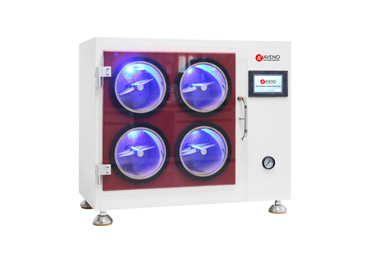 About the Random Tumble Pilling Tester
Jun 26 , 2023
About the Random Tumble Pilling Tester
Jun 26 , 2023
The random tumbling pilling tester is a textile testing equipment used to determine the pilling resistance of woven or knitted fabrics. Pilling is the formation of small balls or pills on the surface of fabrics due to abrasion over time, which can affect the appearance and texture of the fabric. The random tumbling pilling tester works by tumbling a fabric sample in a rotating chamber that contain...
Read More
-
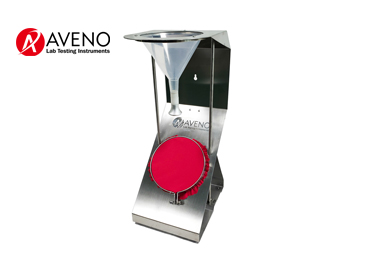 A technician’s perspective on the Spray Rating Tester
Jan 08 , 2024
A technician’s perspective on the Spray Rating Tester
Jan 08 , 2024
As a quality control technician in the textile industry, one of the instruments that plays a vital role in the process of evaluating products is the Fabric Spray Rating Tester. The spray tester is used to determine the water-repellency of any fabric (which may or may not have a water-repellent finish) to a water-wetted surface. It is not designed to predict water resistance as it does not measure ...
Read More
-
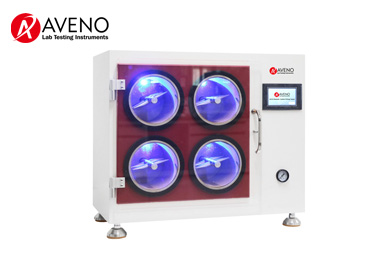 The Convenience and Accuracy of Random Tumble Pilling Tester Testing
Jun 24 , 2024
The Convenience and Accuracy of Random Tumble Pilling Tester Testing
Jun 24 , 2024
The quality of fabric anti-pilling performance plays a vital role in ensuring fabric quality and durability in the textile industry. The Fabric Random Tumble Tester is widely used in this field. This equipment provides very important reference data in evaluating the pilling performance of fabrics. Let's explore how the Random Tumble Pilling Test Equipment provides convenience and accuracy for our ...
Read More
-
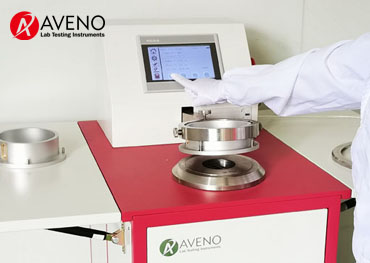 What’s the Digital Air Permeability Tester used for
Jun 27 , 2024
What’s the Digital Air Permeability Tester used for
Jun 27 , 2024
Textile Air Permeability Tester is used to test the air permeability of special industrial fabrics, general fabrics, knitted fabrics, coated fabrics, non-woven fabrics and industrial filter paper. Conforms to the following standards: GB/T 5453, GB/T 13764, ISO 9237, ISO 7231, ISO 5636, BS 5636, ASTM D737, DIN 53887, JIS L1096. Do you want to know more about the Digital Air Permeability Tester? Inc...
Read More
-
 Common issues with textile color fastness
Jul 16 , 2024
Common issues with textile color fastness
Jul 16 , 2024
In daily use and consumer feedback, it has been found that the most common issues with textile color fastness are as follows: 1. Unqualified color fastness to friction During daily use, textiles may experience varying degrees of color fading due to different degrees of friction. For example, the sleeves of clothes, the hips, and knees of pants are all parts of our clothing that are prone to color ...
Read More
-
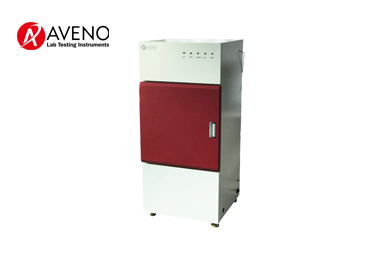 About Automatic Fabric Drapability Tester
Jun 29 , 2025
About Automatic Fabric Drapability Tester
Jun 29 , 2025
The Automatic Fabric Drapability Tester is used to measure the dynamic and static drape performance indicators of various fabrics: drape coefficient, active rate, surface ripple and aesthetic coefficient. The Automatic Fabric Drapability Tester consists of a host, a commercial PC and a color printer. A high-resolution CCD sensor is set in the host, and the collected data is input into the calculat...
Read More
 About the Random Tumble Pilling Tester
Jun 26 , 2023
About the Random Tumble Pilling Tester
Jun 26 , 2023
 A technician’s perspective on the Spray Rating Tester
Jan 08 , 2024
A technician’s perspective on the Spray Rating Tester
Jan 08 , 2024
 The Convenience and Accuracy of Random Tumble Pilling Tester Testing
Jun 24 , 2024
The Convenience and Accuracy of Random Tumble Pilling Tester Testing
Jun 24 , 2024
 What’s the Digital Air Permeability Tester used for
Jun 27 , 2024
What’s the Digital Air Permeability Tester used for
Jun 27 , 2024
 Common issues with textile color fastness
Jul 16 , 2024
Common issues with textile color fastness
Jul 16 , 2024
 About Automatic Fabric Drapability Tester
Jun 29 , 2025
About Automatic Fabric Drapability Tester
Jun 29 , 2025